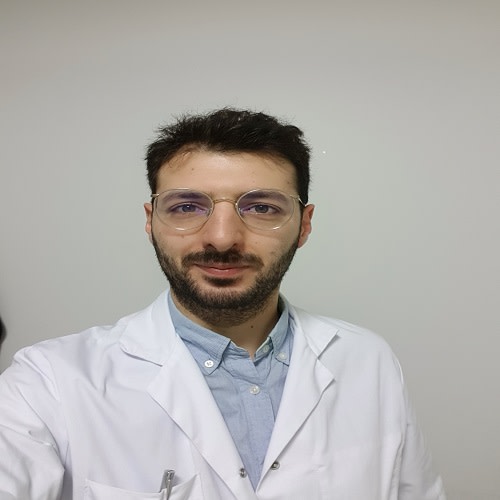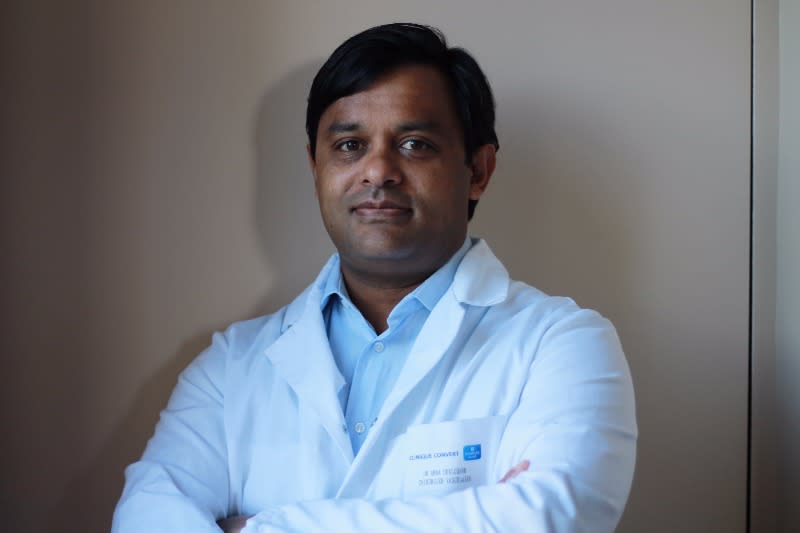What is vascular surgery?
Vascular surgery is the surgical discipline that treats diseases of the arteries, veins and vessels located in the chest, arms and legs – primarily the neck arteries (carotid arteries), the abdominal aorta and the superficial (varicose veins) and deep venous systems of the lower limbs. Vascular surgery can repair narrowing (atherosclerosis thickening due to excess cholesterol), continuous or very localised dilation (aneurysm) and obstruction and treat stenosis or thrombosis affecting arteries and veins. The skull comes under neurovascular surgery and the heart under cardiac surgery.

What does the vascular surgeon do?
After a radiological examination using increasingly sophisticated non-invasive (Doppler ultrasound, coronary angiogram, cardiac MRI scan) or invasive techniques (arteriogram, venography, etc.), the vascular surgeon will select one of two types of treatment, sometimes prescribing medication:
- Endovascular treatment where instruments are introduced through the inside of a vein or artery to perform, for example, an angioplasty (dilation of an artery, insertion of a stent, etc.).
- Conventional open surgery if the lesion is significant or located beyond the reach of endovascular treatment (a bypass operation, for example).
Between the two, new minimally invasive techniques are being developed, which enable surgery to be performed through very small incisions. These techniques reduce recovery time, minimise complications and limit the risk of residual scarring.
When to see a vascular surgeon
The patient will be referred to a vascular surgeon by their GP or a specialist when the symptoms are such that vascular damage is suspected.
Narrowing of the arteries most often manifests itself in the patient finding it painful to walk (claudication). It occurs in patients presenting cardiovascular risk due to factors such as smoking, high blood pressure, diabetes, high cholesterol and obesity. Aneurysms, particularly of the abdominal aorta, are most often discovered by chance during testing for other diseases or screening. They are rarely diagnosed in an emergency when they rupture. Venous insufficiency related to vein dilation (varicose veins) manifests itself in various ways such as a feeling of heaviness in the legs, swelling, redness and itching or localised pain. The vascular system plays a major role – any anomaly within it can affect the entire body and must be investigated, treated and monitored.
Dangers and risks of arterial vascular surgery
The risks associated with vascular surgery are primarily those of any operation that requires anaesthesia (particularly a general anaesthetic), and depend on the patient’s age, health and the extent and severity of the arterial disease. Endovascular surgery is better tolerated and makes it possible to limit the patient’s hospital stay, particularly in intensive care, enabling them to more rapidly resume normal life. This type of treatment is thus favoured as much as possible. Regardless of the procedure, artery disease is a serious condition that exposes the patient to risks of haemorrhage, thrombosis (through the movement of a blood clot or a fragment of atheromatous plaque) or infection.


























